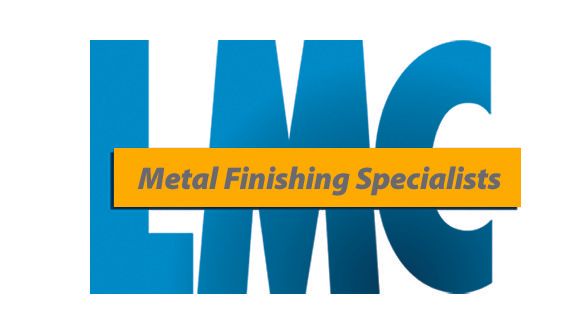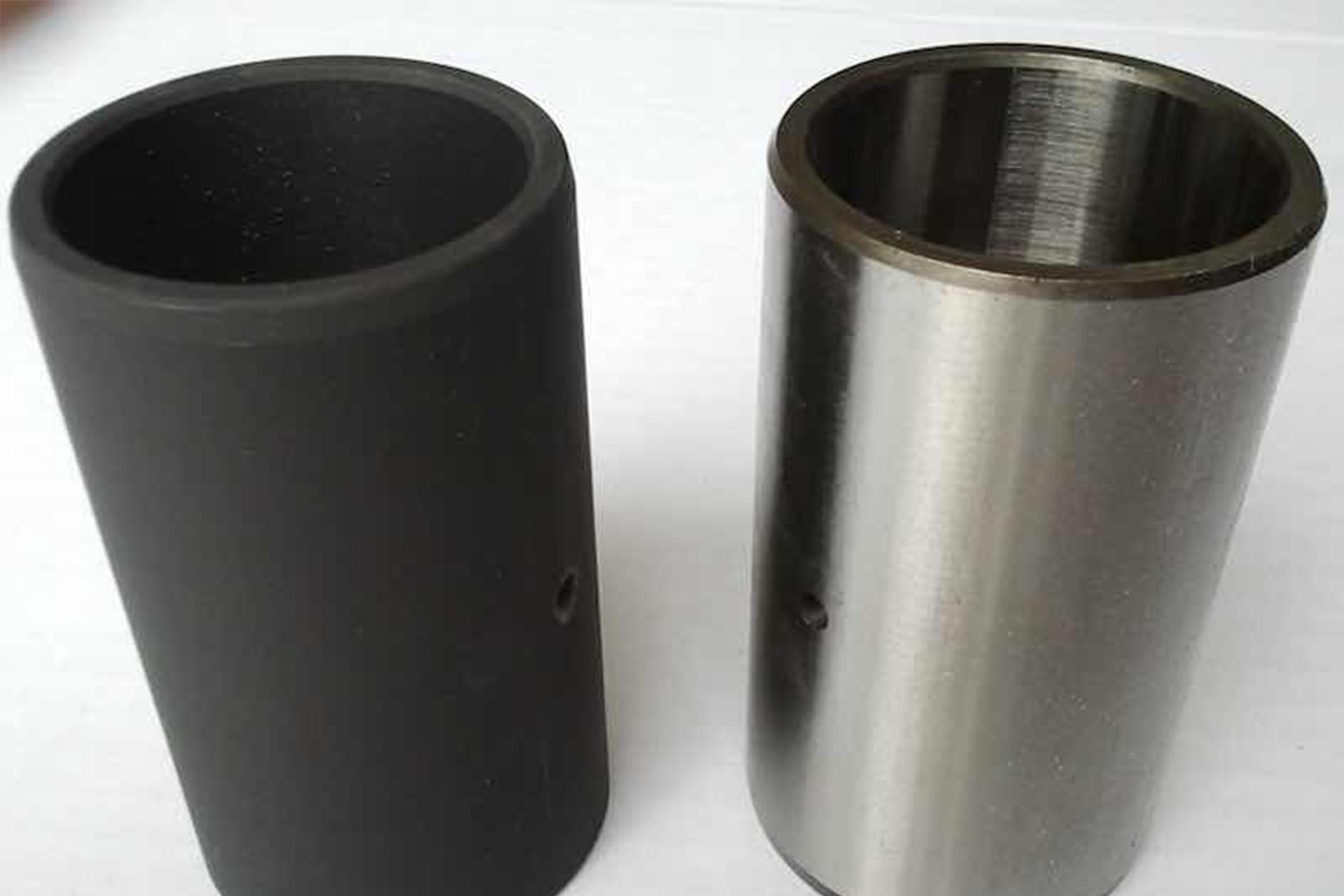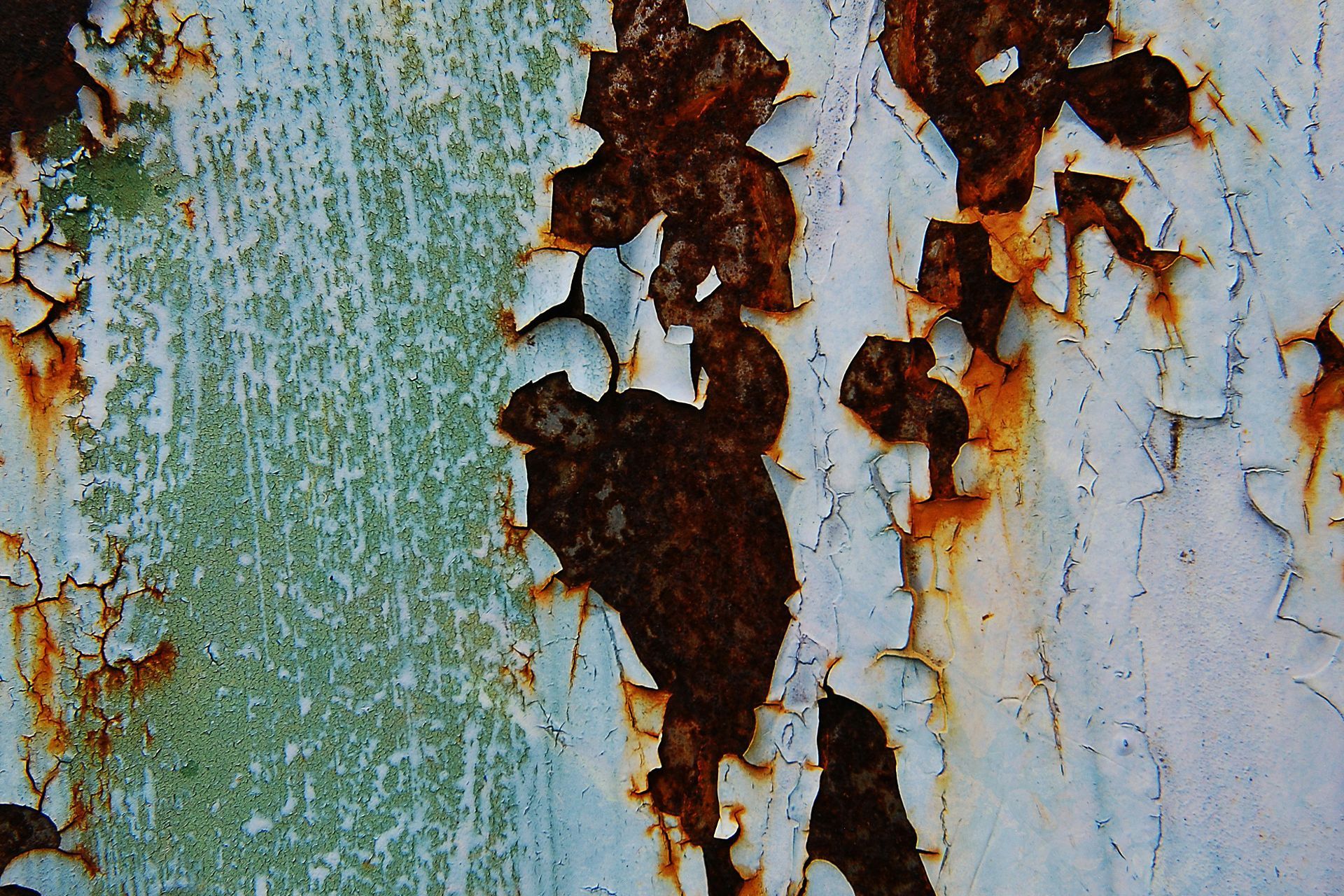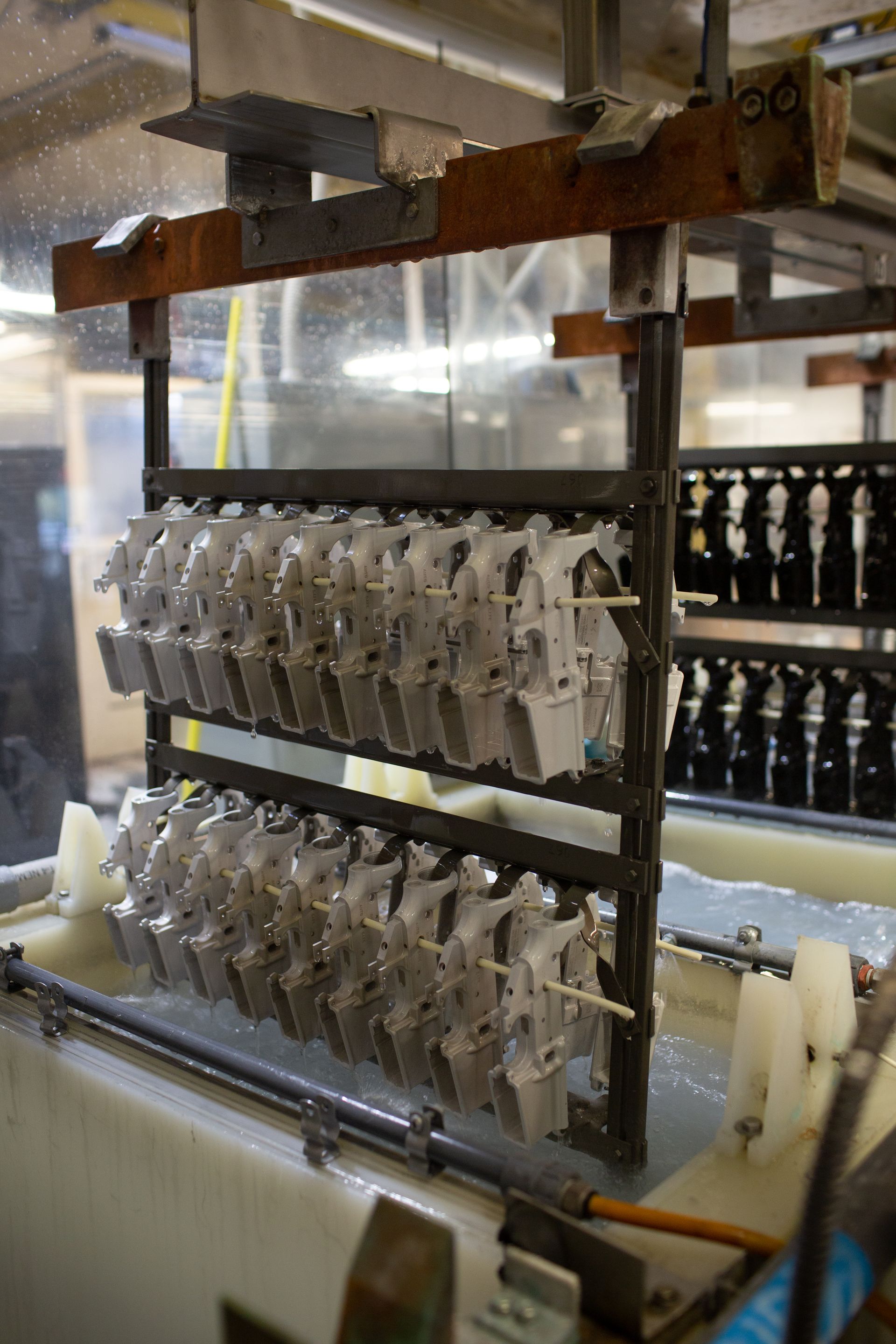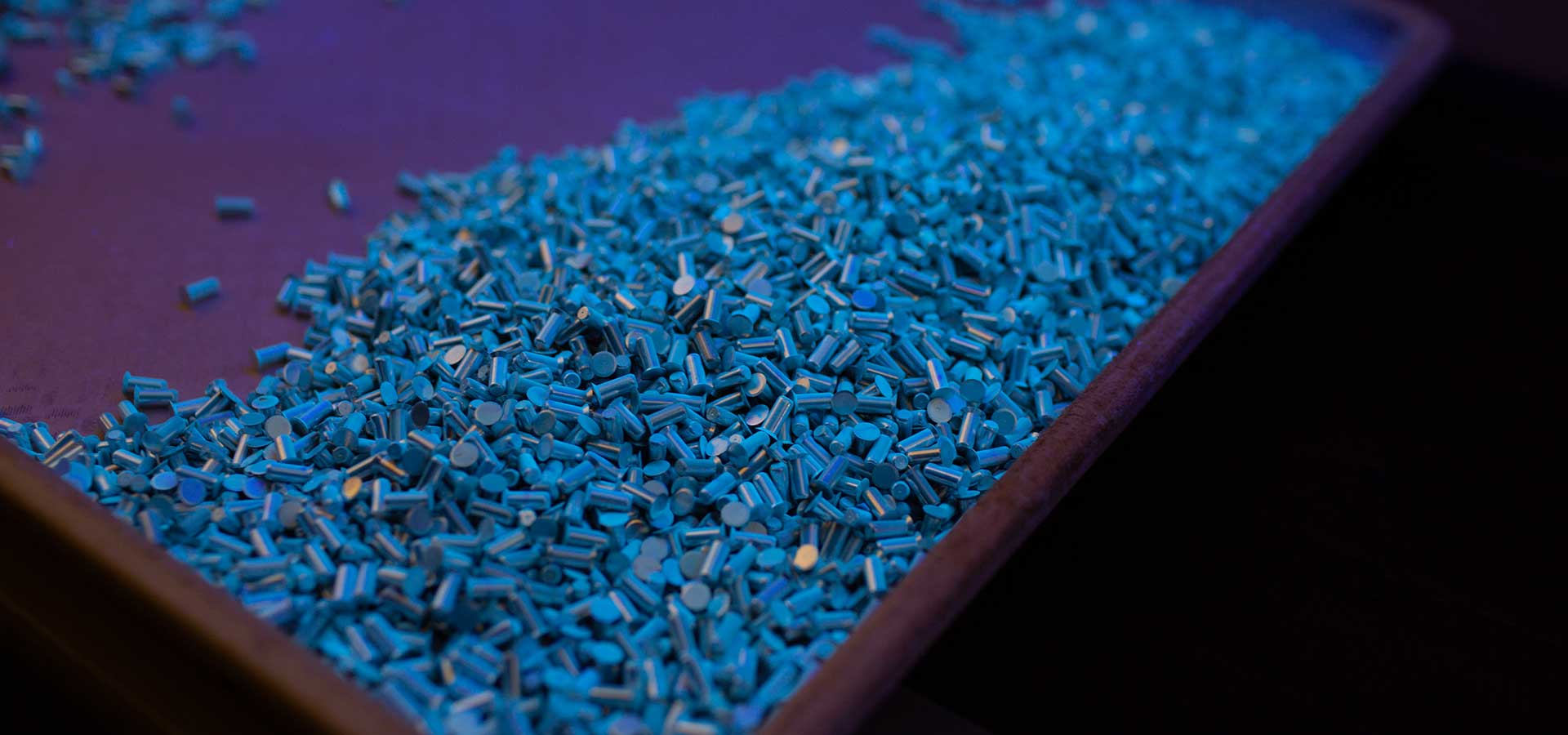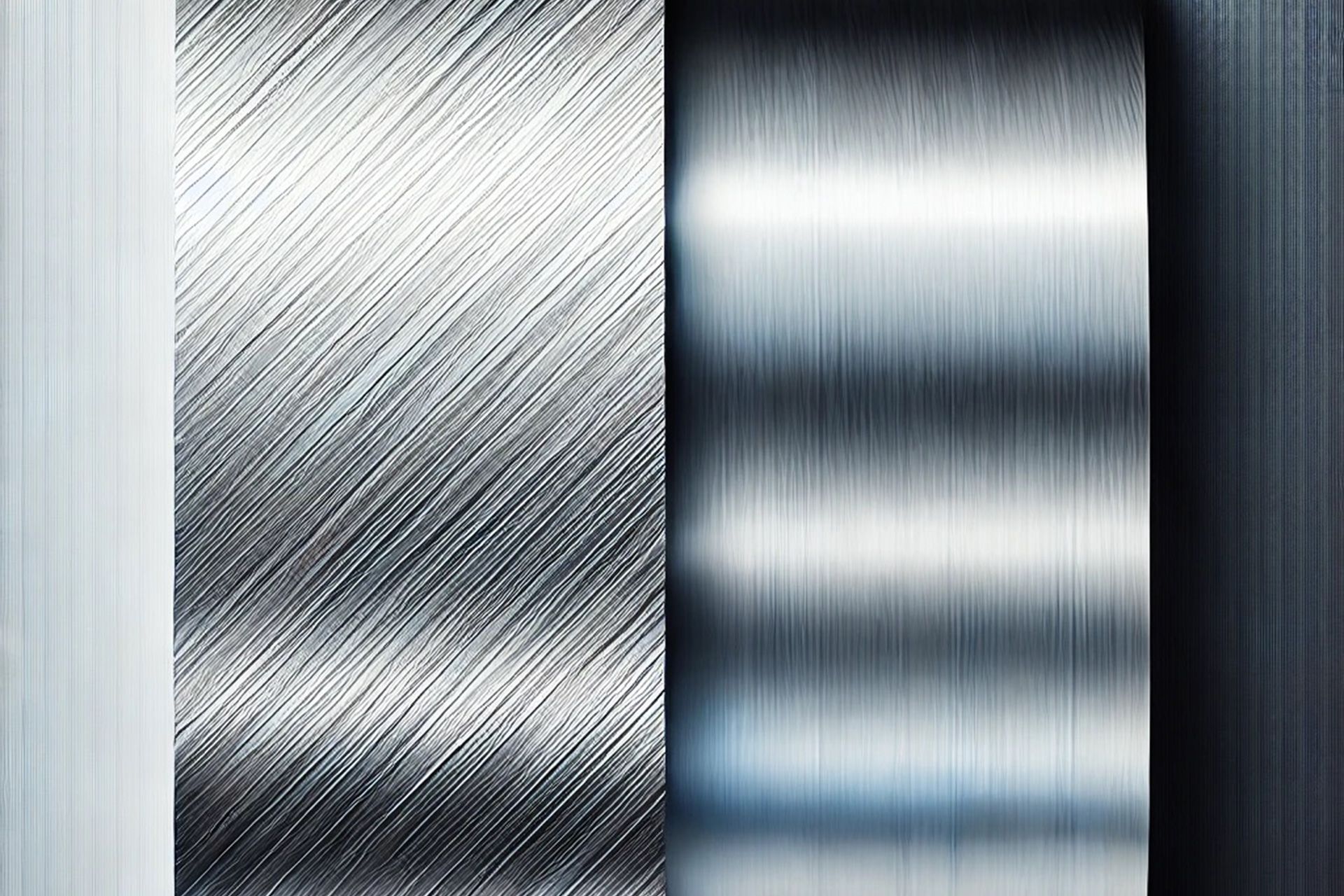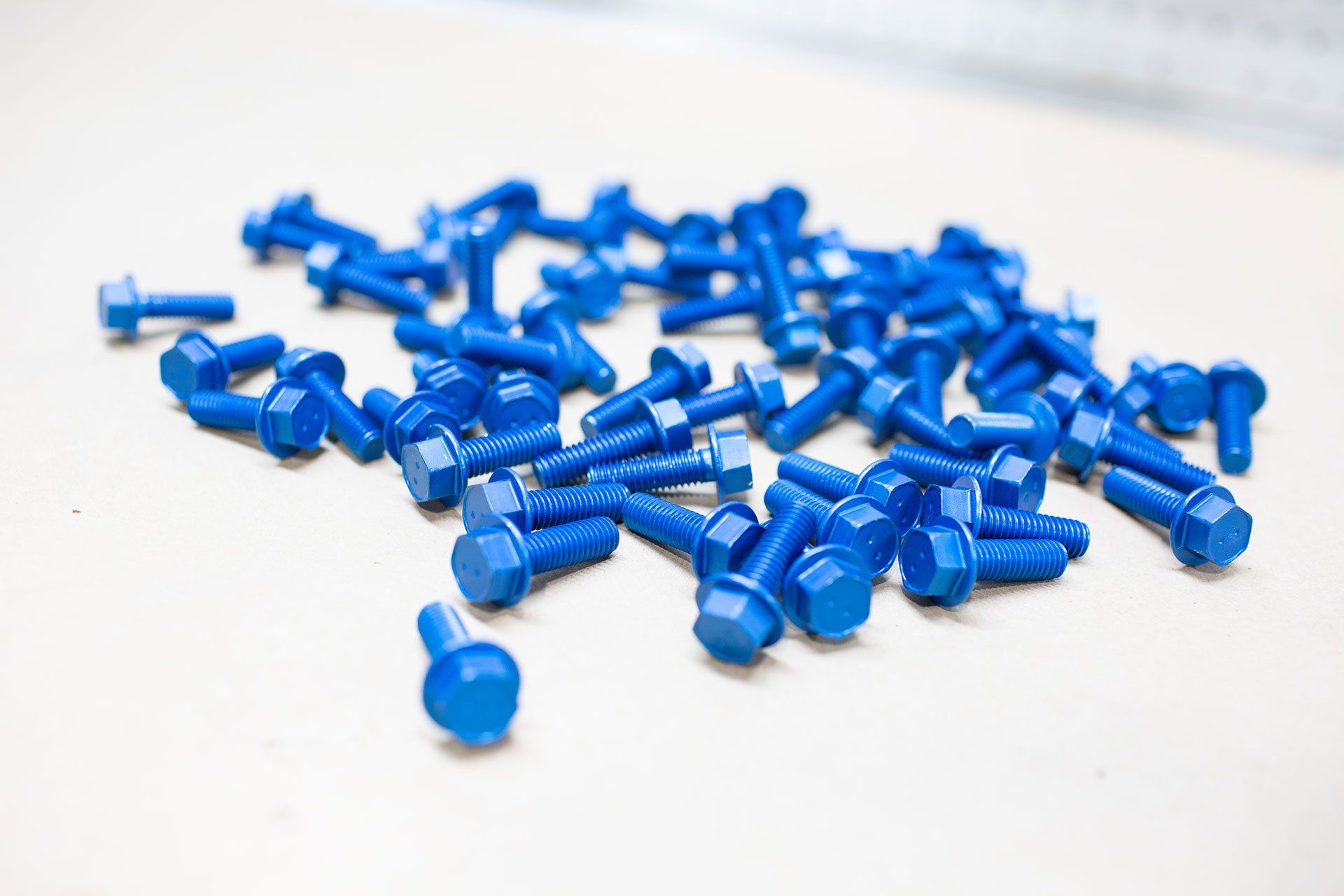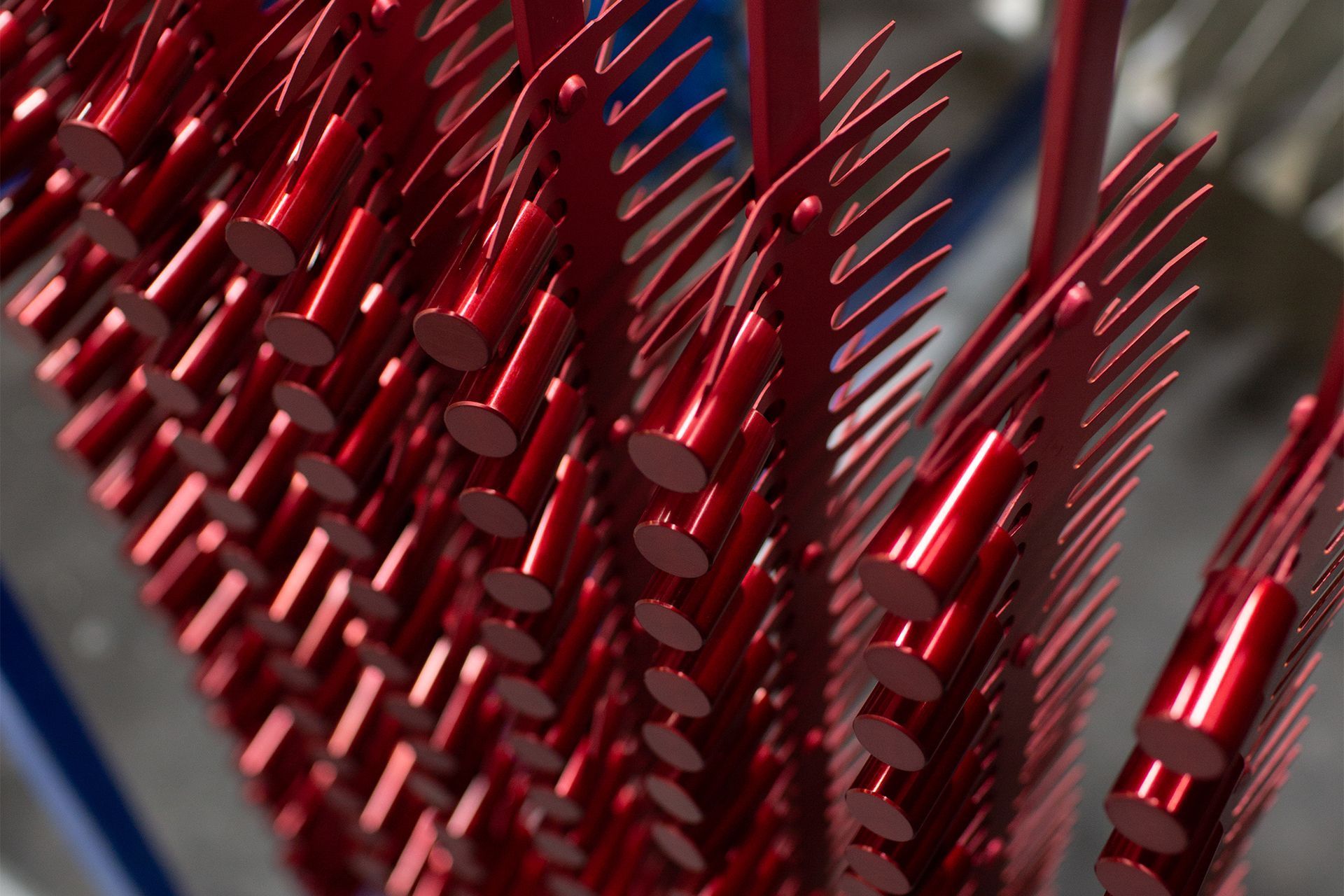Post-Finishing Product Care: How to Maintain Anodized Aluminum
Anodized aluminum stands out as a remarkable choice due to its combination of strength, corrosion resistance, and aesthetic appeal. Whether used in architectural elements, kitchen utensils, automotive parts, or various other applications, anodized aluminum’s durability and sleek appearance make it a popular choice. However, like any material, anodized aluminum requires proper care to maintain its integrity and visual appeal over time. In this guide, we will discuss the intricacies of anodized aluminum maintenance, covering everything from routine cleaning to handling scratches and ensuring long-term durability.
Understanding Anodized Aluminum
Anodized aluminum is synonymous with durability. The oxide layer created during anodizing doesn’t just sit on the surface; it becomes an integral part of the aluminum structure. This enhanced strength ensures that anodized aluminum products can withstand the test of time, even in demanding applications. One of the standout features of anodized aluminum is its exceptional resistance to corrosion. The oxide layer acts as a barrier, shielding the underlying aluminum from environmental factors, such as moisture and chemicals, that can lead to corrosion. This makes anodized aluminum an ideal choice for outdoor and marine applications, where exposure to harsh elements is inevitable.
While durability and functionality are paramount,
anodized aluminum doesn’t compromise on aesthetics. The anodizing process allows for a wide spectrum of color options, giving you the freedom to choose finishes that not only perform exceptionally but also look stunning.
Basic Maintenance Tips
The routine cleaning of anodized aluminum surfaces can be accomplished with ease. All you need is mild soapy water and a soft cloth. This gentle combination is usually more than sufficient to remove dirt, dust, and smudges. For stubborn stains or grime, a non-abrasive sponge or soft-bristle brush can be employed, but only with a light touch to avoid any potential scratching.
It’s essential to avoid abrasive cleaners or scrubbing pads at all costs. Even basic chemicals such as bleach or ammonia can wreak havoc on the anodized layer, potentially leading to scratches and a compromised finish. Stick to pH-neutral cleaners and non-abrasive materials, such as microfiber cloths, for the best results.
Dealing with Scratches and Damage
Regular inspections of your anodized aluminum products are crucial for ensuring their longevity and appearance. Surface scratches, the most common type of damage, may manifest as thin lines or marks on the anodized layer. Dents, on the other hand, can result from impacts or excessive pressure and are often characterized by depressions or deformations in the aluminum surface.
While anodized aluminum boasts
corrosion resistance, it can still exhibit signs of corrosion in extreme conditions or if the anodized layer is compromised. Be vigilant for areas with pitting, discoloration, or a rough texture. For minor surface scratches, you can take a do-it-yourself approach. Begin by cleaning the damaged area with mild soapy water and a soft cloth to ensure it’s free from dirt and debris. After assessing the scratch’s depth, proceed with the repair using an anodizing touch-up paint that matches the product’s color. Apply a small amount of paint to fill the scratch and use a cotton swab or fine brush for precision. Once the repair is dry, gently smooth the area with a soft cloth or sponge to seamlessly blend it with the surrounding anodized surface. Finally, clean the entire surface to remove any excess paint or residue.
Consider seeking professional assistance for major repairs or when scratches breach the anodized layer.
Preventative Measures
Preventing damage is often more effective and economical than repairing it. An additional layer of protection against environmental factors can be provided by applying clear lacquer or sealant to anodized surfaces. These coatings act as a barrier, shielding the anodized layer from potential harm. Regular inspections of your anodized aluminum products are a vital preventative measure. During these checks, be on the lookout for scratches, dents, or any signs of corrosion, allowing you to identify and address potential issues before they worsen.
When anodized aluminum products are exposed to the elements, especially extreme conditions such as intense sunlight or heavy rain, it’s essential to take precautions. Consider using protective covers or providing shelter to minimize exposure. While anodized aluminum is generally resistant to corrosion, prolonged exposure to high humidity can still affect its surface. Therefore, ensure proper ventilation in humid environments to mitigate the effects of moisture. Additionally, exercise caution when anodized aluminum comes into contact with chemicals, especially aggressive ones. Depending on the specific chemicals involved, it may be necessary to implement
protective coatings or thorough rinsing to prevent damage.
The Key to Long-Lasting Anodized Aluminum
Anodized aluminum is a versatile and durable material that, with proper care and maintenance, can retain its visual appeal and structural integrity for years to come. By understanding the
anodizing process, implementing basic maintenance tips, addressing scratches and damage promptly, and taking preventative measures, you can ensure the longevity and aesthetic appeal of your anodized aluminum products. While minor scratches can often be addressed with touch-up paint, major damage or wear requires the expertise of a professional metal finisher.
